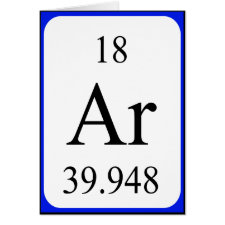
Authors: Dai JJ, Vu D, Nagel S, Lin CH, Fidalgo de Cortalezzi M
Article Title: Colloidal crystal templated molecular imprinted polymer for the detection of 2-butoxyethanol in water contaminated by hydraulic fracturing.
Publication date: 2018
Journal: Microchimica Acta
Volume: 185
Issue: (1)
Page numbers: ArticleNo32.
DOI: 10.1007/s00604-017-2590-8
Abstract: The authors describe a molecularly imprinted polymer (MIP) that enables detection of 2-butoxyethanol (2BE), a pollutant associated with hydraulic fracturing contamination. Detection is based on a combination of a colloidal crystal templating and a molecular imprinting. The MIPs are shown to display higher binding capacity for 2BE compared to non-imprinted films (NIPs), with imprinting efficiencies of ~ 2. The tests rely on the optical effects that are displayed by the uniformly ordered porous structure of the material. The reflectance spectra of the polymer films have characteristic Bragg peaks whose location varies with the concentration of 2BE. Peaks undergo longwave red shifts up to 50 nm on exposure of the MIP to 2BE in concentrations in the range from 1 ppb to 100 ppm. This allows for quantitative estimates of the 2BE concentrations present in aqueous solutions. The material is intended for use in the early detection of contamination at hydraulic fracturing sites
Template and target information: 2-butoxyethanol, 2BE
Author keywords: Fracking, inverse opal films, colloidal crystal, optical detection, UV reflectance



Join the Society for Molecular Imprinting

New items RSS feed
Sign-up for e-mail updates:
Choose between receiving an occasional newsletter or more frequent e-mail alerts.
Click here to go to the sign-up page.
Is your name elemental or peptidic? Enter your name and find out by clicking either of the buttons below!
Other products you may like:
 MIPdatabase
MIPdatabase









